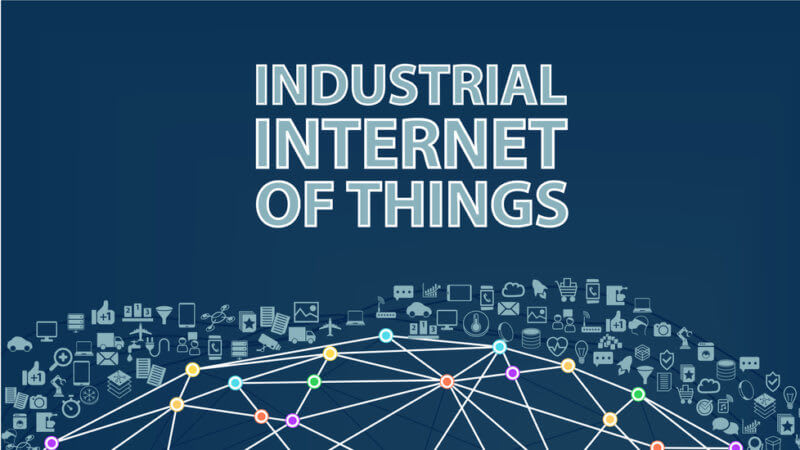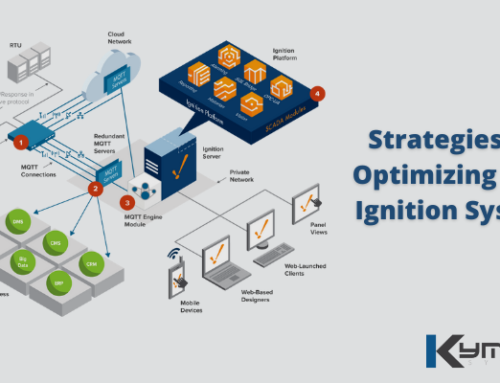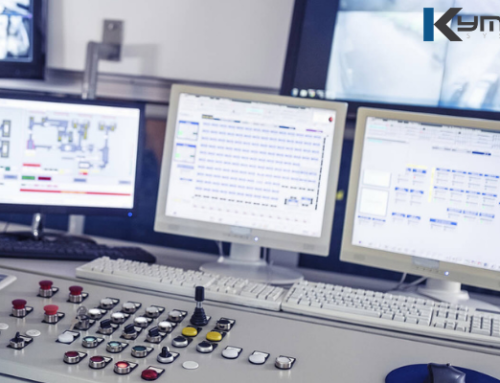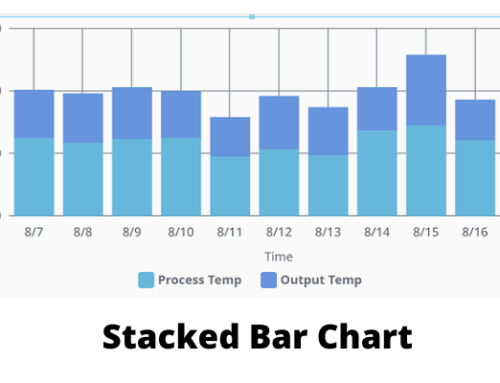It is a well-known fact that the internet has changed the world beyond recognition. There are over 4 billion internet users worldwide with even more being expected to join the digital world in the future. Over time, this development has given birth to a phenomenon known as the Internet of Things (IoT).
In short, IoT can be described as a network of computers, smartphones, various other devices, and appliances that connect to the internet and sharing information between themselves. This data is collected and centralized in a Cloud-based service where it is sent back to the end users. By the end, every object that can connect to the internet will eventually be connected, increasing automation in our daily lives, our homes, at work, in school, as well as in most industries.
The Industrial Internet of Things
The Industrial Internet of Things (IIoT) is a part of the larger IoT, expanding mostly in the manufacturing industry. In more ways than one, it can be considered the Fourth Industrial Revolution, or more commonly known as Industry 4.0. If the Third Revolution was characterized by the introduction of computers and the start of automation in assembly lines, Industry 4.0 is represented by the complete interconnectivity of robotics and computer systems. These systems will also be equipped with machine learning algorithms that can improve themselves and control everything with little to no human intervention.
The Benefits of IIoT
Efficiency, scalability, connectivity, time and cost savings, will all be improved by IIoT across the entire industrial sector. The IIoT is not a distant vision either, but something that is happening today. Many companies are already benefiting from it through various technologies such as predictive maintenance, improved safety, and other such operational efficiency services. CEOs and other business leaders have access to data in real time and can get a full view of the entire operational process, which, in turn, offer the opportunity to make better decisions.
The Challenges of IIoT
Interoperability is an issue that is still being encountered as part of the transition into the IIoT. Historically, different devices used separate protocols for sending and receiving data. This made it difficult for IIoT to take full effect. Nevertheless, Message Queueing Telemetry Transport (MQTT) is quickly becoming a standard transfer protocol for IIoT.
Another factor here is security. All companies need to know that their information is secure from outside threats. The rapid expansion of smart, interconnected devices and various other sensors have opened the gates to numerous security vulnerabilities. Luckily, however, MQTT is a highly secure protocol – another reason why it has become a favorite in recent years.
What Is In Store for IIoT
Like all previous Industrial Revolutions, the IIoT is here to stay. An ever-increasing number of companies are looking into ways on how to improve their systems and streamline operations, and many have since integrated IIoT into their business model. The Ignition platform and its many modules are significantly improving efficiency, scalability, connectivity, and save on both time and costs. They also allow companies to get the most value out of their system without having to worry about issues such as technological and economic limitations.





